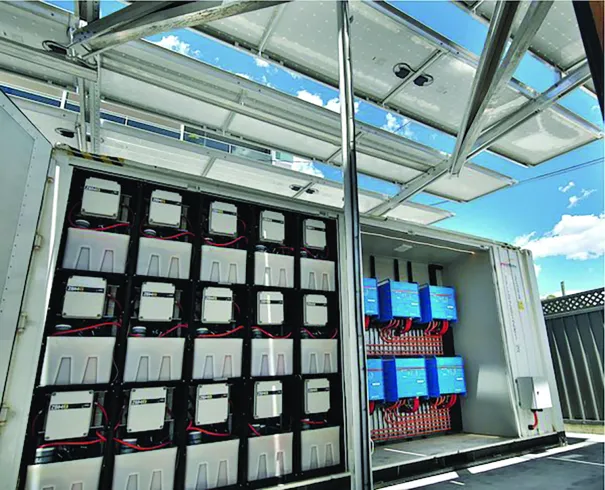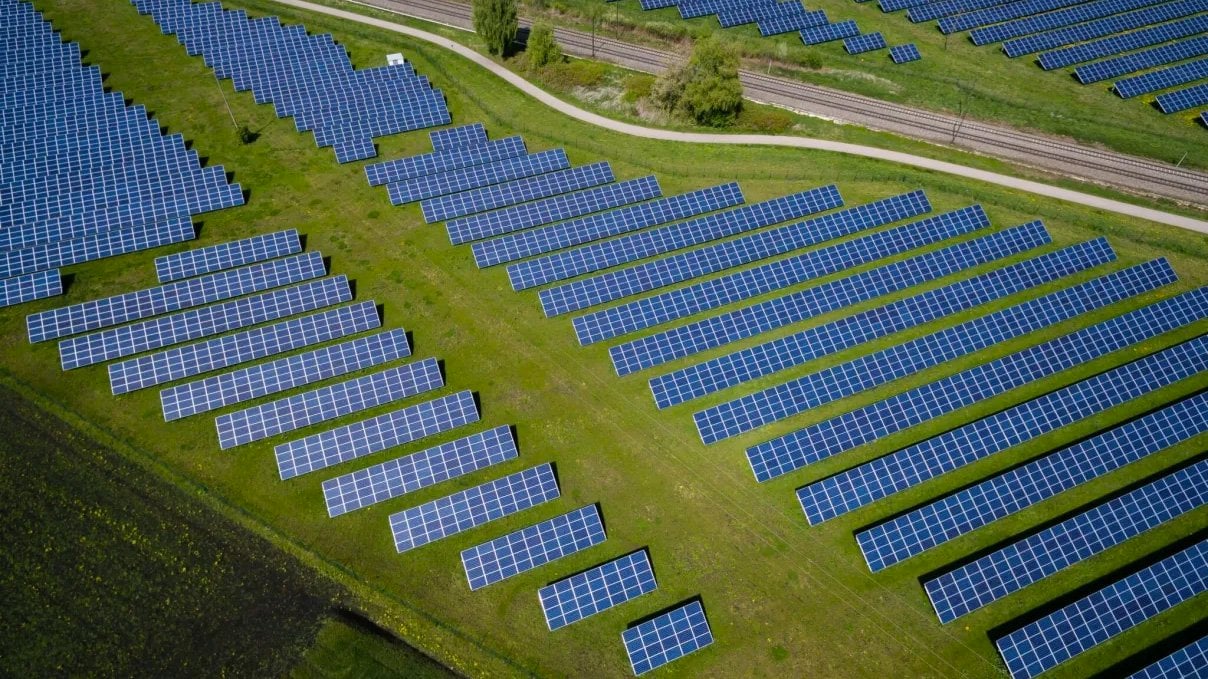Reviving U.S. manufacturing could mean more than creating new jobs; it has the potential to spur a more innovative and sustainable economy. As reported in The New York Times, economic theorists are warning that a diminished U.S. manufacturing base could dampen innovation and long-term growth. Experts theorize that keeping researchers and manufacturing workers in close proximity, rather than sending production overseas, is a path to increased productivity. A General Electric battery plant in upstate New York is putting this theory into real-world practice. The facility is a short drive from a G.E. research campus, allowing for rapid trouble-shooting and prototyping that streamlines product development and deployment. Says G.E.’s Michael Idelchik: “We believe that rather than a sequential process, where you look at product design and then how to manufacture it, there is a simultaneous process.” Is this model sustainable across multiple industries? The jury is still out, but economists point to evidence indicating that even having different manufacturing companies operate in close proximity to one another boosts innovation and the exchange of ideas.
Techonomy 2012 participants Stephen Hoover, CEO of PARC, and James Manyika, director of the McKinsey Global Institute, spoke about manufacturing innovation at Techonomy 2012, and they join the chorus of those who see it as the linchpin of America’s economic future. “The manufacturing process itself is going through an innovation revolution,” says Hoover in the Times article. Manyika call for a favorable regulatory and business environment for manufacturing firms, noting, “The United States just hasn’t done this as aggressively as other countries have.”
Manufacturing Innovation Will Drive U.S. Economic Growth
Reviving U.S. manufacturing could mean more than creating new jobs; it has the potential to spur a more innovative and sustainable economy. As reported in The New York Times, economic theorists are warning that a diminished U.S. manufacturing base could dampen innovation and long-term growth. Experts theorize that keeping researchers and manufacturing workers in close proximity, rather than sending production overseas, is a path to increased productivity. A General Electric battery plant in upstate New York is putting this theory into real-world practice.














